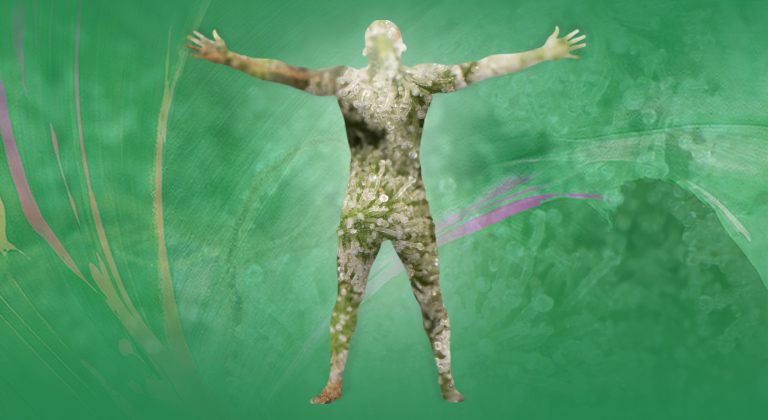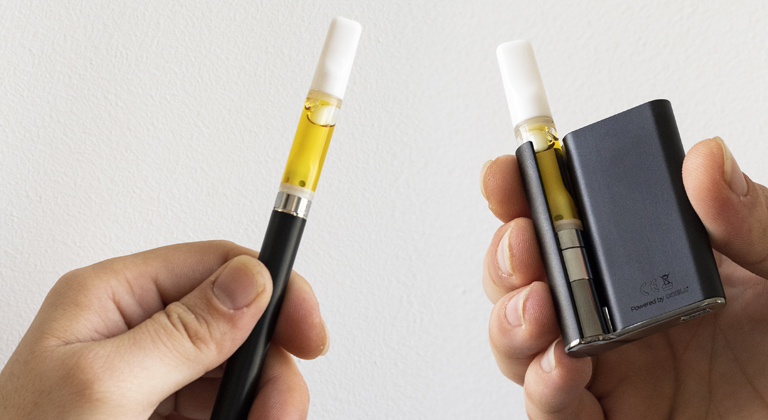What is the Endocannabinoid System?
The endocannabinoid system is one of the most important physiological systems in the human body, as it’s in charge of maintaining homeostasis, which is essentially a combination of the processes through which our bodies and organs stay balanced and working correctly.
This system is, therefore, incredibly important regarding our health. However, we still need to do more scientific research in order to determine exactly how it interacts with cannabinoids in cannabis plants, and which processes are put into motion during this interaction.
When Was the Endocannabinoid System Discovered?
The first person to confirm that she and her team had identified a receptor that could interact with THC molecules, the most well-known cannabis cannabinoid, was the biologist Lisa A. Matsuda.
You can imagine the uproar that this discover caused among the scientific community and outside of it. Could it be possible that we have receptors in our body designed to identify substances produced by cannabis? And, if so, for what purpose?
Faced with these questions, the scientific community began trying to understand what all of it meant, and they discovered a network of receptors in our cells which manifests through the peripheric and central nervous system.
This type of receptor which “melds” with the most psychoactive cannabinoid (THC) was called CB1. It came as a surprise when they later discovered that these weren’t the only receptors in this complex system; they found another receptor called CB2 which manifests mainly through the body’s immune system.
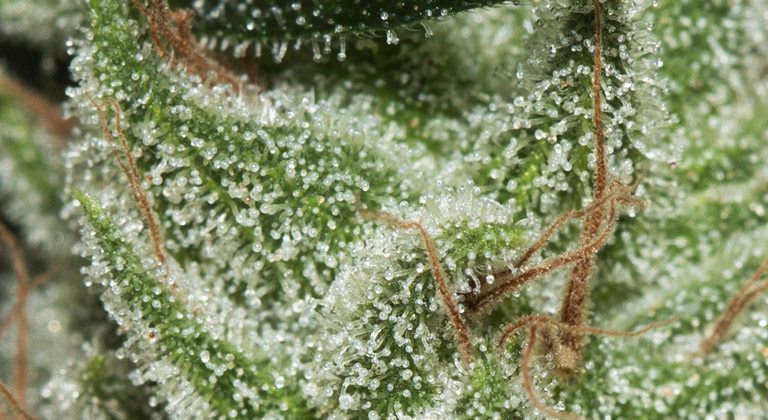
Discovering Our “Own Cannabinoids”
Researchers reached the conclusion that it wasn’t possible that these receptors, named endocannabinoid system, could only exist in order to match with marijuana cannabinoids. This would be like saying that human beings are “designed” to consume cannabis. Although many cannabis consumers may share this theory, the scientific community suspected that there was another reason; they weren’t wrong.
This was when they discovered the existence of endocannabinoids, substances that our body produces which are incredibly similar to marijuana cannabinoids, although they’re not the same. These endocannabinoids, when interacting with the endocannabinoid system, help to regulate many functions in the body.
What are Endocannabinoids?
The scientific community began to differentiate the main types of endocannabinoids, which are Anandamide and 2-AG (2-araquidonilglycerol).
Anandamide, also known as the happiness molecule, interacts with our CB1 receptors, which are mainly found in the brain and can affect the nervous system. Interestingly, this endocannabinoid is quite similar to THC, which is why both of them activate the same receptors in the encocannabinoid system. In the case of THC, when the receptors linked to the nervous system are activated, its well-known psychoactive effect is produced.
Anandamide has quite a few important functions in regards to our overall health:
- Hippocampus neurogenesis: this is the part of the brain responsible for emotions, learning and memory.
- It has an anti-depressant effect.
- It can regulates the appetite.
- Produces anxiolytic effect.
2-AG, on the other hand, was discovered (just like Anandamide) in the labs of an Israeli scientist called Raphael Mechoulam. This endocannabinoid interacts mainly with CB2 receptors and play an important part in regards to inflammation and immunity. This endocannabinoid is similar in molecular structure to CBD in cannabis, which also interacts with CB2 receptors.
Although we still don’t know all of the physiological effects produced by 2-AG, studies to date indicate that it’s involved in the following processes:
- Just like andandamide, it acts as an appetite regulator.
- It’s involved in functions in the immune system.
- Can intervene in pain treatment.
- Has an important role in the circulatory system.
- This endocannabinoid is important when it comes to supressing convulsions. Is this why CBD (which is similar on a molecular level) is so effective in as far as treating an aggressive type of epilepsy called Dravet Syndrome?
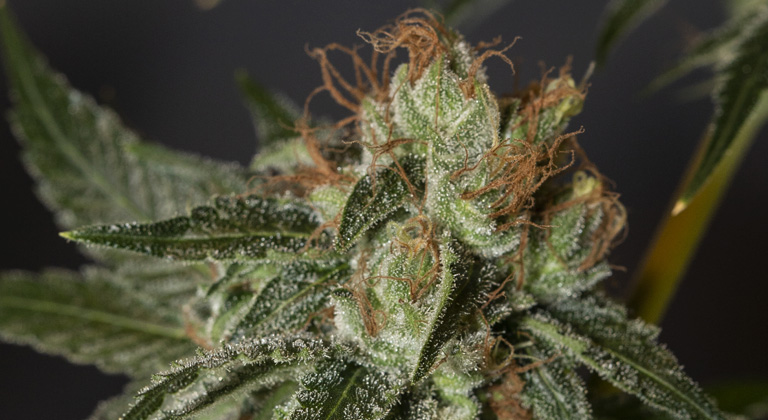
How Does the Endocannabinoid System Interact with our Health?
As we were saying above, much research is still needed in regards to this topic in order to understand exactly how the endocannabinoid system works. The many studies done to date determine that it plays an important part when it comes to maintaining our vital functions. It seems that the main reasoning behind this system is to keep the following areas balanced:
- Appetite
- Sleep
- Inflammation
- Memory
- Mood
- Reproductive system
In some way, this complex system acts as a guardian; whenever the body loses balance (whether it’s due to stress, tiredness, illness etc) the endocannabinoid system releases the necessary amount of endocannabinoids to re-establish balance in the necessary areas.
What do Cannabinoids Have to Do with it?
It seems that when the endocannabinoids that we produce aren’t enough, phytocannabinoids (produced by cannabis plants) can act as a “boost”. Occasional consumption of cannabinoids can contribute to improving and re-establishing endocannabinoid system processes and function balance.
This doesn’t necessarily mean that you should consume cannabinoids for this purpose; consuming cannabinoids without any type of base or dose won’t always improve your health, especially if you’re experiencing some sort of issue or illness. The endocannabinoid system is highly complex and you should always establish an adequate dose first, as well as which cannabinoids should be used to give your endocannabinoid system that “boost”.
Plus, cannabinoids also have what’s known as a “biphasic effect”, which means that the same cannabinoids, in different doses, can produce opposite effects. This is why the quantity and frequency are two important factors when it comes to starting therapy using these compounds.
This is why more research and resources need to be put towards investigating the potential behind phyto-cannabinoids in medicine. The endocannabinoid system is still quite a mystery and could be a key factor in treating many different illnesses.
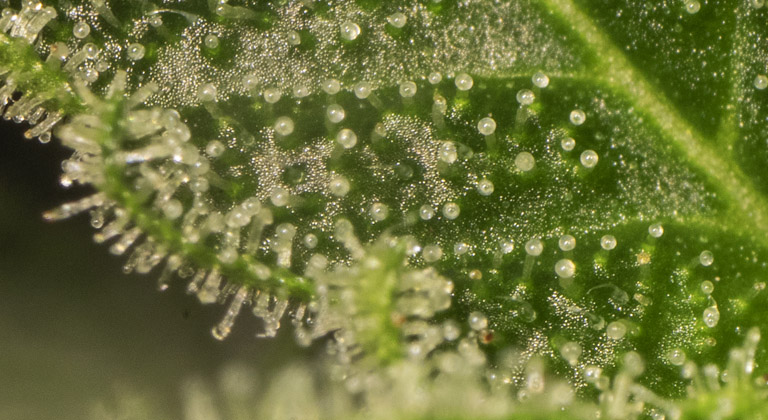
How Can I Strengthen my Endocannabinoid System?
There are other ways to strengthen and improve the endocannabinoid system, and therefore, also improve the balance of vital functions.
It’s been found that cardiovascular exercise and diets rich in blue fish and nuts also contribute to the production of these substances in the body which make us feel good.
In truth, our organism is the perfect machine, it just needs a little love and care to work properly; prevention and good habits can help avoid many health issues.
What diid you think of this article? Interesting, right? Let is know what you think in a comment below.
Until next time!
Cali Terpenes

